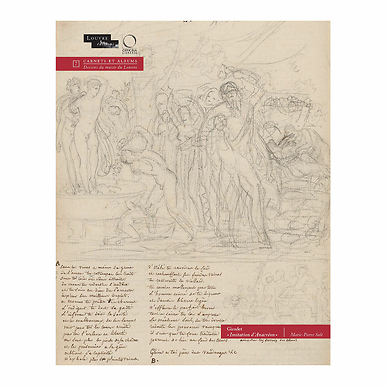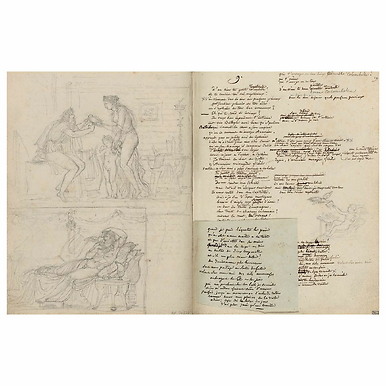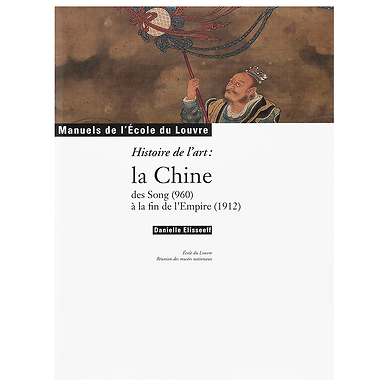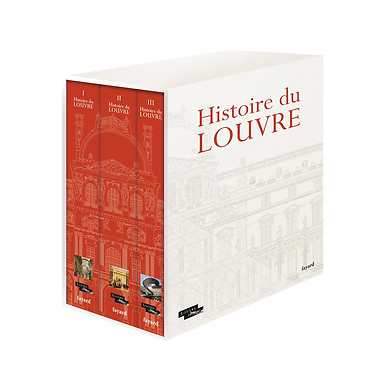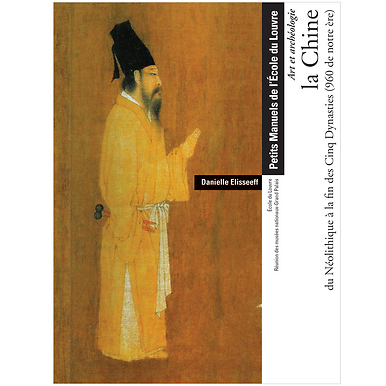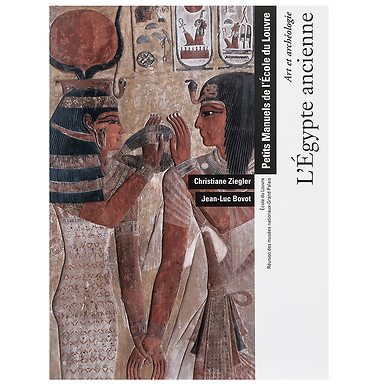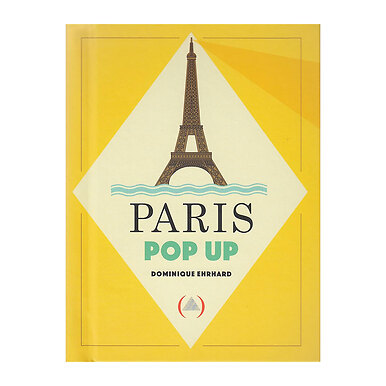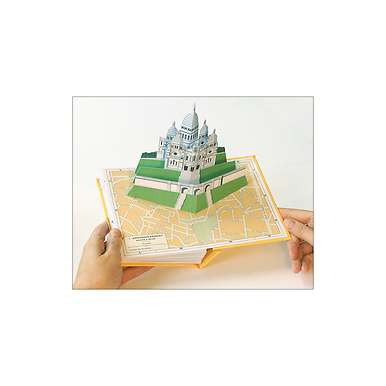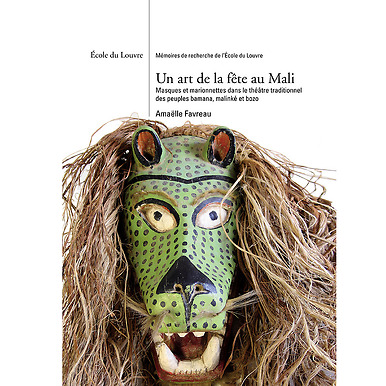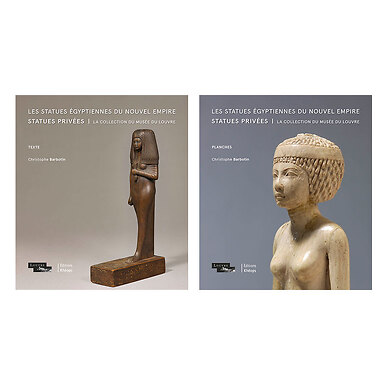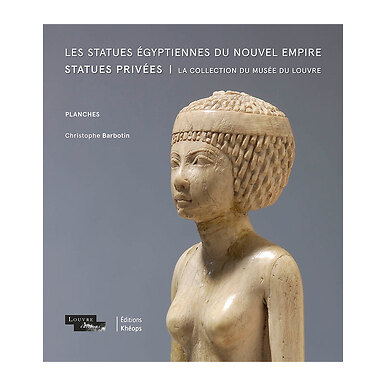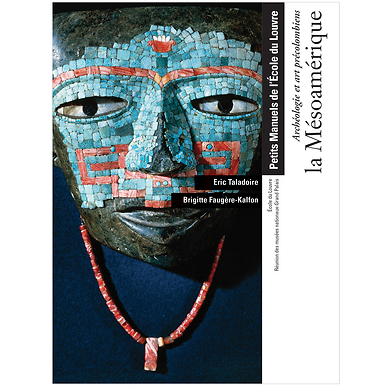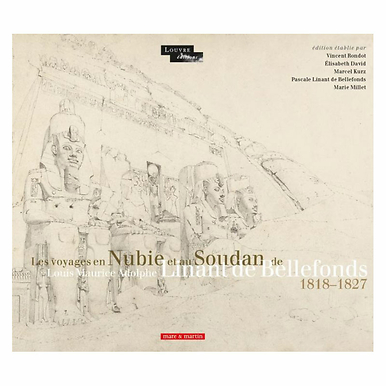In 1783, three years after Gabriel de Saint-Aubin's death, Pahin de la Blancherie reported that the artist had never been seen "but with a pencil in his hand, drawing everything that presented itself to his eyes". However, despite this passion for drawing, the chronicler of Parisian life was soon forgotten...
In 1783, three years after Gabriel de Saint-Aubin's death, Pahin de la Blancherie reported that the artist had never been seen "but with a pencil in his hand, drawing everything that presented itself to his eyes". However, despite this passion for drawing, the chronicler of Parisian life was soon forgotten, and it wasn't until the Goncourts at the end of the 19th century that he was rediscovered. From then on, everyone appreciated Saint-Aubin's art and sought out his works. A great collector of 18th-century French, Camille Groult came into possession of an exceptional notebook containing over a hundred pages on which the master had scribbled his daily life. For a long time, this rare testimony to Saint-Aubin's art remained jealously guarded. Edmond de Goncourt was only able to provide an incomplete breakdown. A few years later, Émile Dacier, a great specialist in the artist, added a few new elements, but was unable to examine the notebook in detail. On November 20, 1941, the Louvre acquired it. The work had finally revealed all its secrets. Dacier resumed his study of the work, publishing a booklet of forty plates in 1943.
Now, for the first time, the entire notebook has been reproduced at full scale and studied in detail. Small in size (18 x 12.5 cm) and comprising 108 pages, 103 of which are illustrated and annotated between 1759 and 1778, the work is an invaluable document. The artist invites us to wander through the streets of Paris, discover some of its monuments, share with him some of its key events, and experience the daily life of his little world, populated by so many young women, all busy reading, playing music or doing needlework. With his fine handwriting, often so difficult to read, he covered the pages day and night with numerous annotations, names of collectors, prices of commodities, maxims and even locations. For those who love 18th-century Paris, for those who want to know more about Saint-Aubin's art, the Louvre notebook is an undeniable invitation to the most fascinating of discoveries.
2 volumes in a boxed set:
Carnet: 108 pages, 100 illustrations.
Study: 80 pages, 131 illustrations.
French


